Table of Contents
You’re sitting on the floor at 2 a.m., phone in hand, rereading the last message they sent. It wasn’t dramatic. Just final. Your heart feels like it’s being wrung out from the inside.
And despite everything—logic, advice, even their silence—your brain keeps spinning. What did I do wrong? Should I reach out? Were they ever really there?
If you’re experiencing anxious attachment after breakup, this isn’t just heartbreak. It’s neurological chaos. Your spiraling isn’t you “being dramatic.” It’s your brain doing exactly what it was wired to do when love vanishes.
Understanding that could be the first quiet breath in the storm.
Why Anxious Attachment After Breakup Feels Like Survival
Breakups hurt everyone. But for people with anxious attachment, they can feel like emotional freefall.
And the reason isn’t just psychological—it’s biological. Brain scans show that when someone with an anxious attachment style experiences emotional loss, their amygdala and striatum light up with intensity—regions associated with alarm and reward.
So when “they leave,” your brain doesn’t register it as a sad event—it registers it as a threat to survival. The person who once regulated your sense of safety is now gone. Your neural wiring kicks into overdrive, trying to restore that lost connection or make sense of the void.
That’s why the urge to text them, scroll through old photos, or replay every moment of the breakup feels so powerful. Your brain is reaching for a lifeline.

The Overthinking Isn’t Random—It’s a Pattern
If your mind feels like it’s running on a cruel treadmill of “what-ifs” and “why-didn’t-Is,” that’s not a failure of willpower—it’s your brain doing its job.
The posterior cingulate cortex, which governs self-reflection and rumination, is often more active in people with anxious attachment. That means your overthinking is your brain’s attempt to prevent future hurt, even if it feels like punishment.
It’s not madness. It’s survival-mode disguised as thought.

Why Breakups Hurt So Much (Science of Heartbreak & Healing)
Let’s examine breakups in: Biology of love & loss, Attachment styles, Rejection psychology, Closure, Rumination, Grief
Tap here to read more →This Isn’t Weakness. It’s an Overactive Safety System
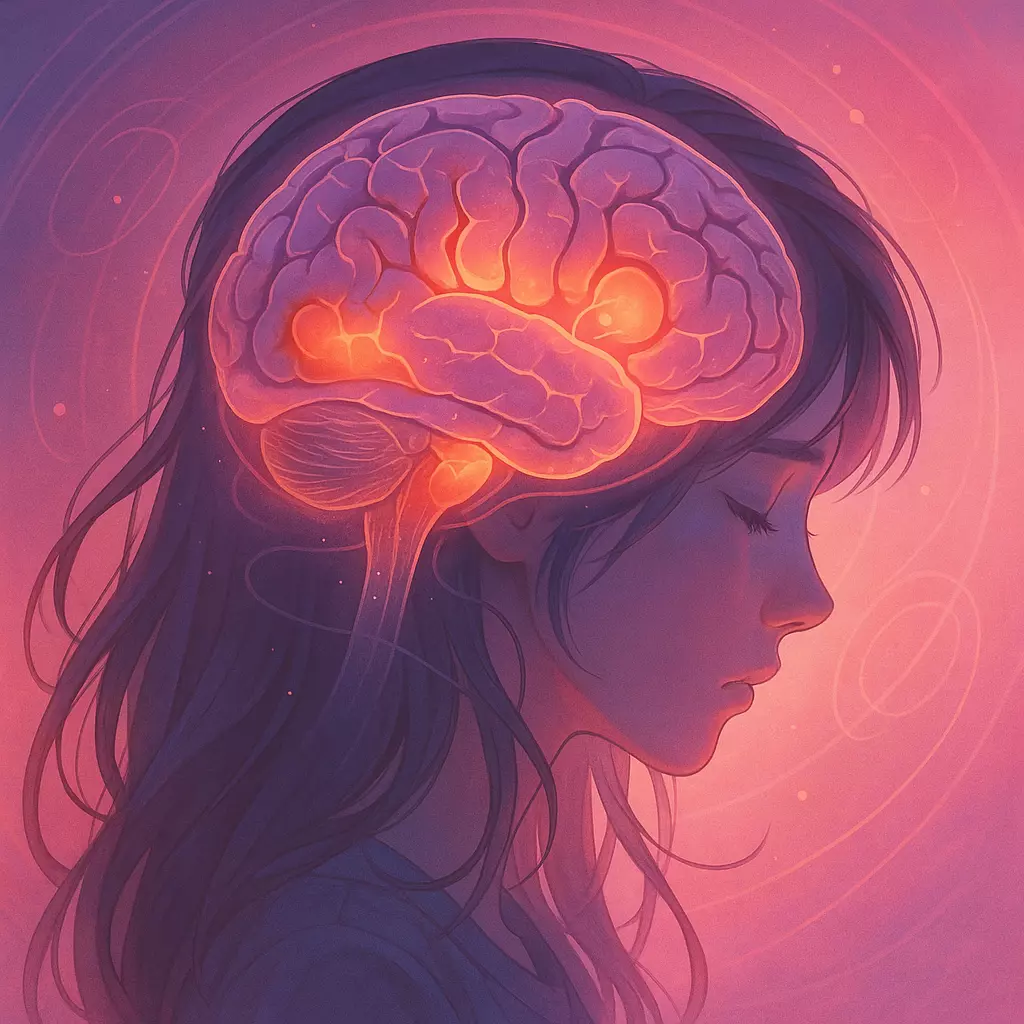
Here’s the hardest part: most people who spiral after a breakup also carry shame for doing so. You might wonder, “Why can’t I just move on like other people?” But that question assumes healing is only about willpower. For anxiously attached people, it’s also about wiring.
You are not broken. Your attachment system simply evolved to prioritize closeness.
Research shows that anxiously attached individuals have more reactive approach/avoidance circuits. That means your brain isn’t just grieving. It’s toggling between the urge to reconnect and the fear of being hurt again.
It’s like driving with one foot on the gas and the other on the brake. It’s exhausting. And it’s not your fault.
The pain is real, and so is the wiring. But pain doesn’t mean permanence.
The more you understand the way your brain works in love and loss, the more power you have to soothe it. Healing from anxious attachment after breakup won’t mean silencing your spirals overnight. But it might mean finally being able to say to yourself, <strong
- Attachment Wounds Explained: Powerful Ways to Start Healing After Heartbreak

- Powerful Healing: Changing Your Attachment Style After a Breakup

- The Painful Truth About Your Ex’s Attachment Style (and Why You Still Feel Haunted)

- The Powerful Link Between Attachment Style and Healing After a Breakup
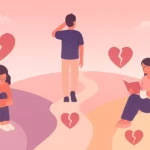
- Secure Attachment Breakup Recovery: The Surprisingly Peaceful Grief Style

- Disorganized Attachment Breakup: Surviving the Push-Pull Grief Storm
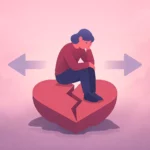
- Avoidant Attachment Breakup: The Surprising Crash After Calm
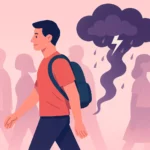
- Anxious Attachment After Breakup: Why You Spiral and How to Heal

- Attachment Style and Breakups: Discover the Powerful Science Behind Why It Hurts
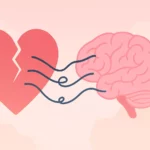
- Attachment Wounds Explained: Powerful Ways to Start Healing After Heartbreak

- Powerful Healing: Changing Your Attachment Style After a Breakup

- The Painful Truth About Your Ex’s Attachment Style (and Why You Still Feel Haunted)

- The Powerful Link Between Attachment Style and Healing After a Breakup

- Secure Attachment Breakup Recovery: The Surprisingly Peaceful Grief Style

- Disorganized Attachment Breakup: Surviving the Push-Pull Grief Storm

- Avoidant Attachment Breakup: The Surprising Crash After Calm

- Anxious Attachment After Breakup: Why You Spiral and How to Heal

- Attachment Style and Breakups: Discover the Powerful Science Behind Why It Hurts

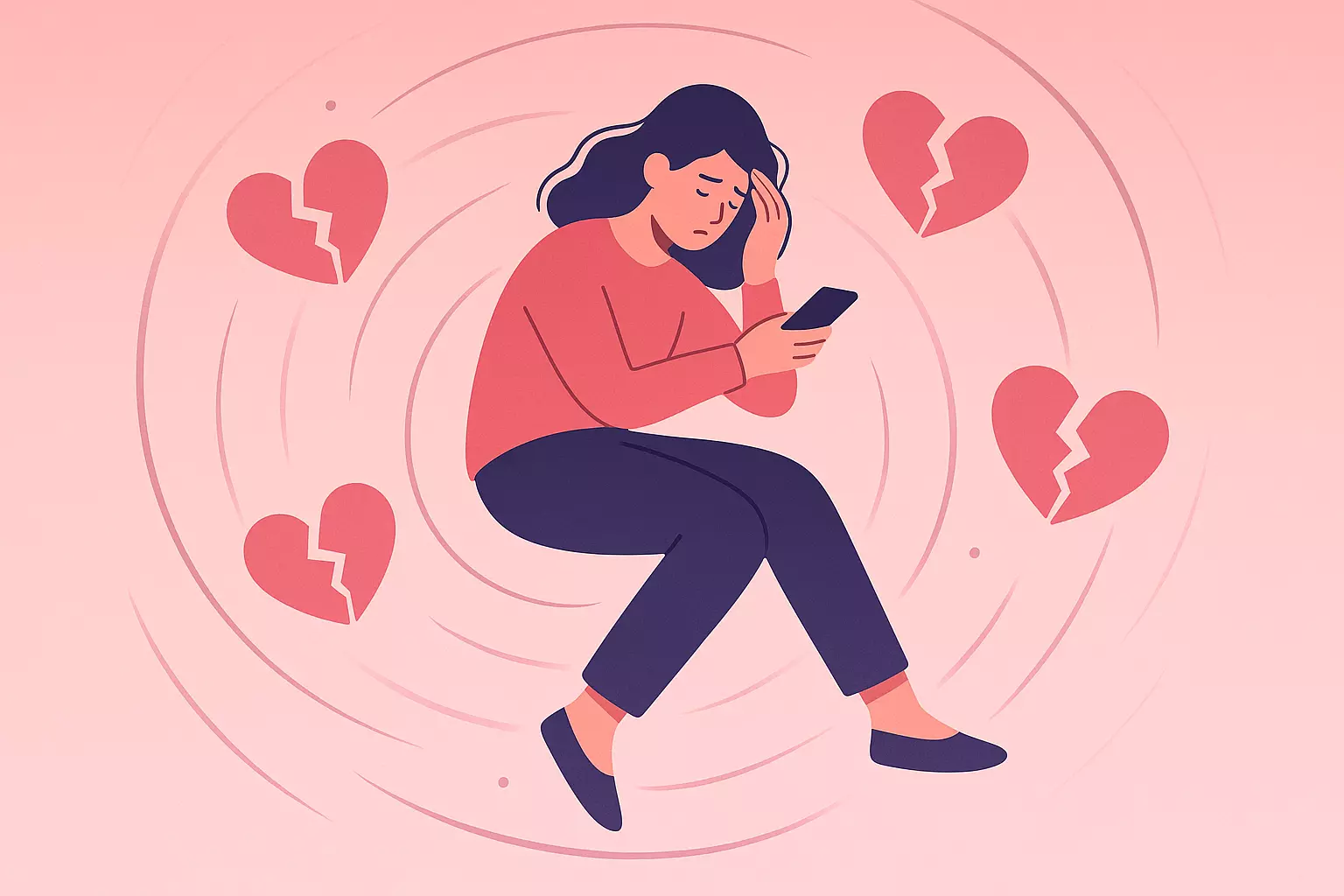
Leave a Reply